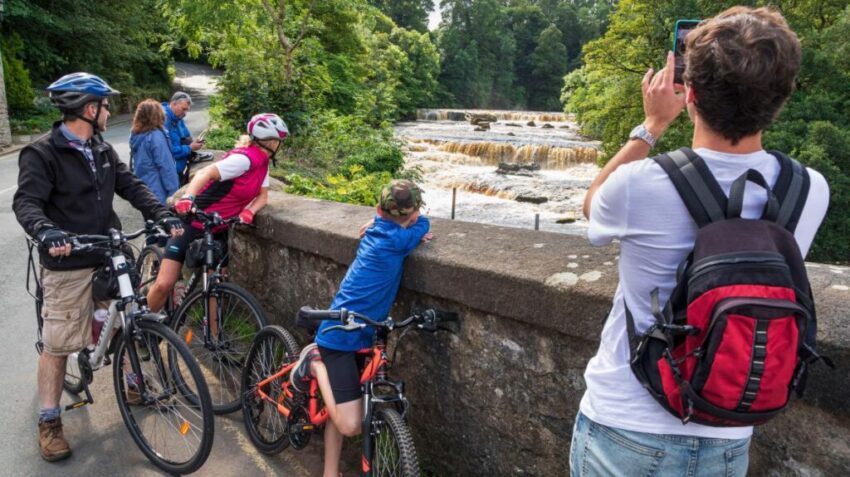Problems with using public transport since the start of the pandemic have prompted a rise in demand for car services and a surge in bike sales at Halfords, although the company has warned that profits could have a “natural fall-off” later this year.
Sales at Halfords autocentres were more than a fifth lower during lockdown despite its garages remaining open, as people were told to stay at home. Sales have since rebounded with a 54.7 per cent jump in July and 65.2 per cent in August. Total autocentre sales are up by 30.2 per cent this year to date but they are down by 7.6 per cent on a like-for-like basis.
Graham Stapleton, 52, chief executive, said that while there were the same number of cars on the road as before lockdown, people were driving more and taking shorter journeys.
Halfords reported a 30 per cent increase in the number of services it had carried out this year, while its motoring retail arm has returned to growth on the back of the staycation trend that has spurred sales of bicycle racks and roof boxes. Halfords has 444 retail stores in the UK, which account for 86 per cent of its business, and 367 autocentre garages. Online orders account for more than half of the group’s sales.
Its cycling business has continued to boom with like-for-like sales rising by 71 per cent last month. Halfords said it had benefited from “favourable market shifts” including people seeking alternatives to public transport and choosing cycling as a way to stay healthy, as well as the government’s Fix Your Bike voucher scheme. The business-to-business division, which includes the state Cycle2Work offer, has boosted sales by a quarter over the past 20 weeks.
Halfords said that it expected half-year profits to be in the range of £35 million and £40 million, compared with £27.5 million last year.
Despite the boost in recent sales, shares in Halfords dropped 5½p, or 3 per cent, to 178½p as investors were unsettled by its caution about second-half profits. Halfords said: “The macro headwinds we are likely to face, the continuing cost of operating with Covid-19, and a natural fall-off in the relative strength of cycling and staycation products during the winter, means that profit in the second half could be significantly lower than the first half.”
Mr Stapleton stressed: “There’s so many significant uncertainties in the UK, which is why it’s difficult to provide any meaningful guidance.”
Analysts at Peel Hunt, the broker, said they believed management was probably overdoing the negative mood music for the second half: “For Halfords to be below the first half would mean that it delivered by far its worst second half as a quoted company.”


